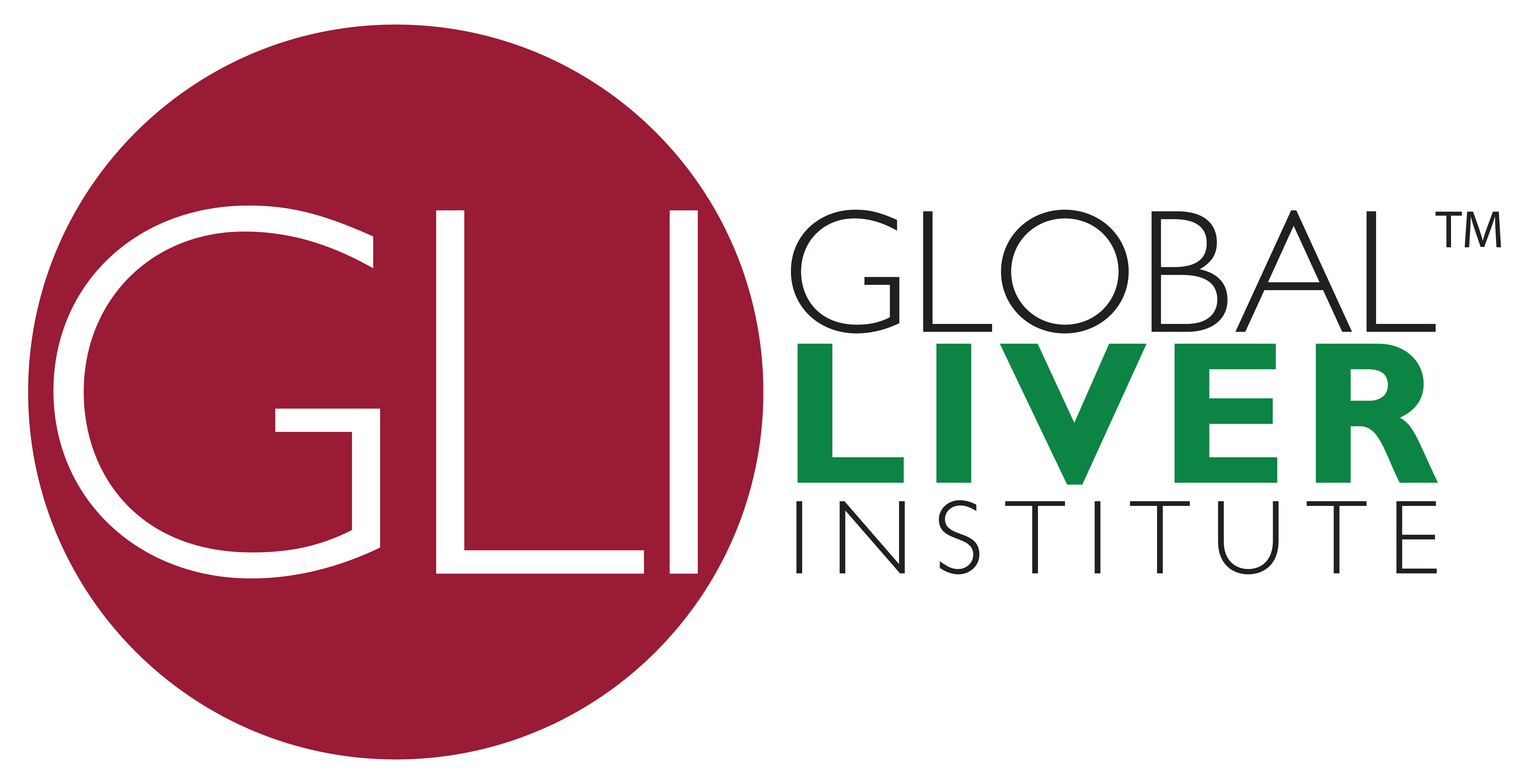This month’s LiverMatters post is authored by a world renowned expert in pediatric liver disease. Dr. Kathleen Schwarz is a Professor of Pediatrics at the Johns Hopkins University School of Medicine. She is the Director of the Pediatric Liver Center at Johns Hopkins Children’s Center, in which there are over 1,000 patients who receive medical care. Dr. Schwarz is also the President Emeritus of the Federation of International Societies of Pediatric Gastroenterology, Hepatology, and Nutrition (FISPGHAN) and a member of the Board of Directors of the Global Liver Institute.
By Kathleen Schwarz
Did you know that kids could get liver disease? That’s right — approximately 15,000 hospitalizations occur each year for pediatric liver disease in the U.S. While children may be diagnosed with virtually any form of liver disease, there are about 100 particular types that affect them the most. The major causes of these diseases are viral infections, genetic mutations, autoimmunity or blockages of the flow of bile from the liver. Many families and children must face the immense challenge of treatment and care for a child with liver disease. This burden is exacerbated during the holiday season since the severity of the disease can keep children away from their home and loved ones during this special time of year.
As we think about the children facing liver disease, we look for opportunities and innovations to help strengthen the holiday spirit, pediatric liver disease community, and the family network of support. Fortunately, there is a lot of good news for children and adolescents with liver disease and their families. Here’s what’s happening that can bring some joy and hope for Christmas and the New Year:
- Recognizing the symptoms for biliary atresia has gotten easier. Biliary atresia is the most common indication for a child to receive a liver transplant. Since early diagnosis and referral for a surgical drainage procedure (Kasai) is so important to the outcome of the child, there have been several efforts to help parents recognize the signs and symptoms. Light colored stool is an early sign and doctors at Johns Hopkins developed a free iPhone app called Poop MD to help with diagnosis. This app allows parents to photograph their baby’s stool and get feedback as to whether or not stool color is worrisome and a reason to consult their pediatrician. Doctors at Texas Children have published their results that a direct bilirubin test the first day of life could be an excellent screening test. Doctors at Johns Hopkins, Northwestern University and Denver Children’s are applying new technologies to understand the immune attack on the bile ducts in these infants. The Children’s Liver Disease Research Network (ChiLDReN) has performed two clinical trials and the results have been negative but more are contemplated.
- The itch caused by neonatal jaundice from liver diseases such as Alagille Syndrome, prolonged familial intrahepatic cholestasis, and inborn errors of bile salt metabolism is now being treated with new therapies. The therapy uses bile salt replacement for those suffering from inborn errors of bile salt metabolism.
- Alpha 1 antitrypsin deficiency has been targeted by a new study from ChiLDReN that describes the risk factors for liver disease progression.
- Hepatitis B – there are 5 FDA-approved drugs available to treat this potentially life-threatening infection. One of the major foci now is recognizing the need for a major effort to screen at-risk pediatric subjects since many are unaware of their infection. A new Maintenance of Certification Module by Dr. Schwarz on this subject will soon be released.
- Hepatitis C – there are now 3 FDA-approved clinical trials for children with HCV using the new Direct Acting Antiviral agents (DAA’s) that have been shown to be so safe and effective for adults. We now know there are approximately 5 million children around the world needing treatment so the challenge to reach all who need the therapy is great.
- The latest research from around the world in many childhood liver diseases was presented at the World Congress of Pediatric Gastroenterology, Hepatology and Nutrition. The conference was held in Montreal, Canada October 5 – 9, 2016.
With these new innovations and advancements, reduction of the number of kids suffering from liver disease is a real possibility. We encourage you to share this good news with your family, practitioner, and patient community. As science continues to advance, more children will be able to spend their holidays at home cherishing their moments alongside family and friends.
The Global Liver Institute looks forward to continuing our work to advance the development of new therapies and health delivery system models for children with liver disease.

